A lot of people today, horrified by how animals are treated in factory farms and feedlots, and wanting to lower their ecological footprint, are looking for healthier alternatives. As a result, there is a decided trend toward pasture-raised animals. One former vegetarian, San Francisco Chronicle columnist Mark Morford, says he now eats meat, but only “grassfed and organic and sustainable as possible, reverentially and deeply gratefully, and in small amounts.”
Sales of grassfed and organic beef are rising rapidly. Ten years ago, there were only about 50 grassfed cattle operations left in the U.S. Now there are thousands.
How much difference does it make? Is grassfed really better? If so, in what ways, and how much?
If you read on, you’ll see why I’ve concluded that grassfed is indeed better. But then, almost anything would be. Putting beef cattle in feedlots and feeding them grain may actually be one of the dumbest ideas in the history of western civilization.
Cattle (like sheep, deer and other grazing animals) are endowed with the ability to convert grasses, which we humans cannot digest, into flesh that we are able to digest. They can do this because unlike humans, who possess only one stomach, they are ruminants, which is to say that they possess a rumen, a 45 or so gallon fermentation tank in which resident bacteria convert cellulose into protein and fats.
In today’s feedlots, however, cows fed corn and other grains are eating food that humans can eat, and they are quite inefficiently converting it into meat. Since it takes anywhere from 7 to 16 pounds of grain to make a pound of feedlot beef, we actually get far less food out than we put in. It’s a protein factory in reverse.
And we do this on a massive scale, while nearly a billion people on our planet do not have enough to eat.
Feedlot Reality
How has a system that is so wasteful come to be? Feedlots and other CAFOs (Confined Animal Feeding Operations) are not the inevitable product of agricultural progress, nor are they the result of market forces. They are instead the result of public policies that massively favor large-scale feedlots to the detriment of family farms.
From 1997 to 2005, for example, taxpayer-subsidized grain prices saved feedlots and other CAFOs about $35 billion. This subsidy is so large that it reduced the price CAFOs pay for animal feed to a tiny fraction of what it would otherwise have been. Cattle operations that raise animals exclusively on pasture land, however, derive no benefit from the subsidy.
Federal policies also give CAFOs billions of dollars to address their pollution problems, which arise because they confine so many animals, often tens of thousands, in a small area. Small farmers raising cattle on pasture do not have this problem in the first place. If feedlots and other CAFOs were required to pay the price of handling the animal waste in an environmentally health manner, if they were made to pay to prevent or to clean up the pollution they create, they wouldn’t be dominating the U.S. meat industry the way they are today. But instead we have had farm policies that require the taxpayers to foot the bill. Such policies have made feedlots and other CAFOs feasible, but only by fleecing the public.
Traditionally, all beef was grassfed beef, but we’ve turned that completely upside down. Now, thanks to our misguided policies, our beef supply is almost all feedlot beef.
Thanks to government subsidies, it’s cheaper, and it’s also faster. Seventy-five years ago, steers were slaughtered at the age of four- or five-years-old. Today’s steers, however, grow so fast on the grain they are fed that they can be butchered much younger, typically when they are only 14 or 16 months.
All beef cattle spend the first few months of their lives on pasture or rangeland, where they graze on forage crops such as grass or alfalfa. But then nearly all are fattened, or as the industry likes to call it “finished,” in feedlots where they eat grain. You can’t take a beef calf from a birth weight of 80 pounds to 1,200 pounds in a little more than a year on grass. That kind of unnaturally fast weight gain takes enormous quantities of corn, soy-based protein supplements, antibiotics and other drugs, including growth hormones.
Under current farm policies, switching a cow from grass to corn makes economic sense, but it is still profoundly disturbing to the animal’s digestive system. It can actually kill a steer if not done gradually and if the animal is not continually fed antibiotics.
Author (and small-scale cattleman) Michael Pollan describes what happens to cows when they are taken off of pastures and put into feedlots and fed corn:
“Perhaps the most serious thing that can go wrong with a ruminant on corn is feedlot bloat. The rumen is always producing copious amounts of gas, which is normally expelled by belching during rumination. But when the diet contains too much starch and too little roughage, rumination all but stops, and a layer of foamy slime that can trap gas forms in the rumen. The rumen inflates like a balloon, pressing against the animal’s lungs. Unless action is promptly taken to relieve the pressure (usually by forcing a hose down the animal’s esophagus), the cow suffocates.
“A corn diet can also give a cow acidosis. Unlike our own highly acidic stomachs, the normal pH of a rumen is neutral. Corn makes it unnaturally acidic, however, causing a kind of bovine heartburn, which in some cases can kill the animal but usually just makes it sick. Acidotic animals go off their feed, pant and salivate excessively, paw at their bellies and eat dirt. The condition can lead to diarrhea, ulcers, bloat, liver disease and a general weakening of the immune system that leaves the animal vulnerable to everything from pneumonia to feedlot polio.”
Putting beef cattle in feedlots and giving them corn is not only unnatural and dangerous for the cows. It also has profound medical consequences for us, and this is true whether or not we eat their flesh. Feedlot beef as we know it today would be impossible if it weren’t for the routine and continual feeding of antibiotics to these animals. This leads directly and inexorably to the development of antibiotic-resistant bacteria. These new “superbugs” are increasingly rendering our antibiotics ineffective for treating disease in humans.
Further, it is the commercial meat industry’s practice of keeping cattle in feedlots and feeding them grain that is responsible for the heightened prevalence of deadly E. coli 0157:H7 bacteria. When cattle are grainfed, their intestinal tracts become far more acidic, which favors the growth of pathogenic E. coli bacteria that can kill people who eat undercooked hamburger.
It’s not widely known, but E. coli 0157:H7 has only recently appeared on the scene. It was first identified in the 1980s, but now this pathogen can be found in the intestines of almost all feedlot cattle in the U.S. Even less widely recognized is that the practice of feeding corn and other grains to cattle has created the perfect conditions for forms of E. Coli and other microbes to come into being that can, and do, kill us.
Prior to the advent of feedlots, the microbes that resided in the intestines of cows were adapted to a neutral-pH environment. As a result, if they got into meat, it didn’t usually cause much of a problem because the microbes perished in the acidic environment of the human stomach. But the digestive tract of the modern feedlot animal has changed. It is now nearly as acidic as our own. In this new, manmade environment, strains of E. coli and other pathogens have developed that can survive our stomach acids, and go on to kill us. As Michael Pollan puts it, “by acidifying a cow’s gut with corn, we have broken down one of our food chain’s barriers to infections.”
Which is more nutritious?
Many of us think of “corn-fed” beef as nutritionally superior, but it isn’t. A cornfed cow does develop well-marbled flesh, but this is simply saturated fat that can’t be trimmed off. Grassfed meat, on the other hand, is lower both in overall fat and in artery-clogging saturated fat. A sirloin steak from a grainfed feedlot steer has more than double the total fat of a similar cut from a grassfed steer. In its less-than-infinite wisdom, however, the USDA continues to grade beef in a way that rewards marbling with intra-muscular fat.
Grassfed beef not only is lower in overall fat and in saturated fat, but it has the added advantage of providing more omega-3 fats. These crucial healthy fats are most plentiful in flaxseeds and fish, and are also found in walnuts, soybeans and in meat from animals that have grazed on omega-3 rich grass. When cattle are taken off grass, though, and shipped to a feedlot to be fattened on grain, they immediately begin losing the omega-3s they have stored in their tissues. A grassfed steak typically has about twice as many omega-3s as a grainfed steak.
In addition to being higher in healthy omega-3s, meat from pastured cattle is also up to four times higher in vitamin E than meat from feedlot cattle, and much higher in conjugated linoleic acid (CLA), a nutrient associated with lower cancer risk.
What about the environment?
As well as its nutritional advantages, there are also environmental benefits to grassfed beef. According to David Pimentel, a Cornell ecologist who specializes in agriculture and energy, the corn we feed our feedlot cattle accounts for a staggering amount of fossil fuel energy. Growing the corn used to feed livestock takes vast quantities of chemical fertilizer, which in turn takes vast quantities of oil. Because of this dependence on petroleum, Pimentel says, a typical steer will in effect consume 284 gallons of oil in his lifetime. Comments Michael Pollan,
“We have succeeded in industrializing the beef calf, transforming what was once a solar-powered ruminant into the very last thing we need: another fossil-fuel machine.”
In addition to consuming less energy, grassfed beef has another environmental advantage — it is far less polluting. The animals’ wastes drop onto the land, becoming nutrients for the next cycle of crops. In feedlots and other forms of factory farming, however, the animals’ wastes build up in enormous quantities, becoming a staggering source of water and air pollution.
Less misery on the menu?
From a humanitarian perspective, there is yet another advantage to pastured animal products. The animals themselves are not forced to live in confinement. The cruelties of modern factory farming are so severe that you don’t have to be a vegetarian or an animal rights activist to find the conditions to be intolerable, and a violation of the human-animal bond. Pastured livestock are not forced to endure the miseries of factory farming. They are not cooped up in cages barely larger than their own bodies, or packed together like sardines for months on end standing knee deep in their own manure.
Grassfed or organic?
It’s important to remember that organic is not the same as grassfed. Natural food stores often sell organic beef and dairy products that are hormone- and antibiotic- free. These products come from animals who were fed organically grown grain, but who typically still spent most of their lives (or in the case of dairy cows perhaps their whole lives) in feedlots. The sad reality is that almost all the organic beef and organic dairy products sold in the U.S. today comes from feedlots.
Just as organic does not mean grass-fed, grass-fed does not mean organic. Pastured animals sometimes graze on land that has been treated with synthetic fertilizers and even doused with herbicides. Unless the meat label specifically says it is both grassfed and organic, it isn’t.
Editor’s Note: This article lays out the reasons why is it even more important to Know Your Farmer and their herd management practices.
Excerpt from John Robbins, The Food Revolution Network
 The Nebraska Farmers Union has come up with a new twist — let’s call it a wiggle — to recycle school cafeteria food scraps. Jeremiah Picard, with the Lincoln-based organization, wants to turn the discarded waste into a useful compost product with a commercial worm farm.
The Nebraska Farmers Union has come up with a new twist — let’s call it a wiggle — to recycle school cafeteria food scraps. Jeremiah Picard, with the Lincoln-based organization, wants to turn the discarded waste into a useful compost product with a commercial worm farm.

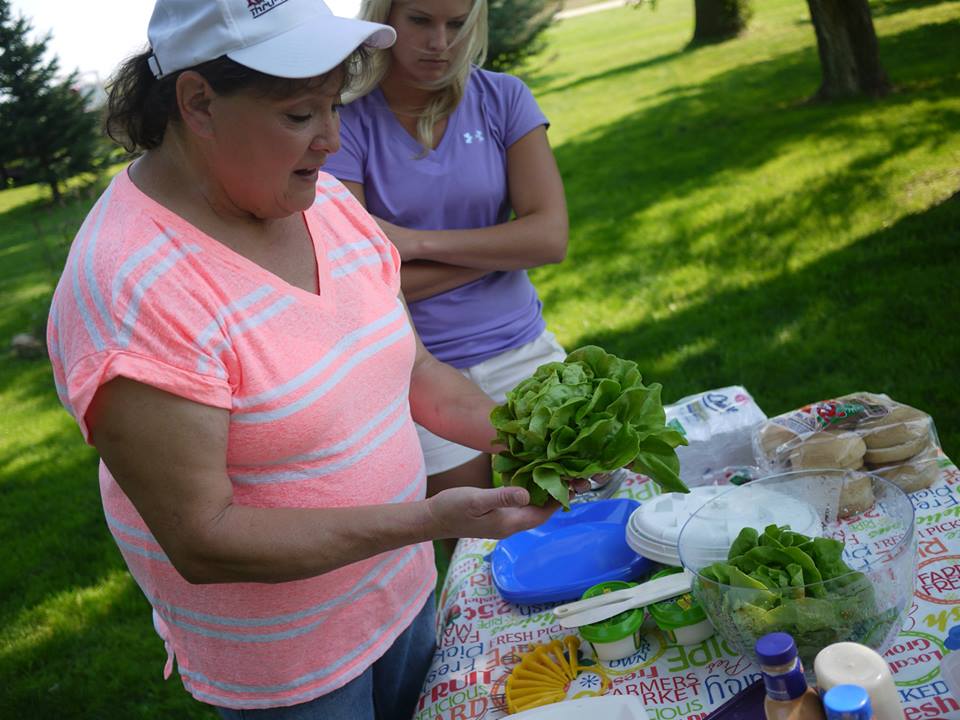
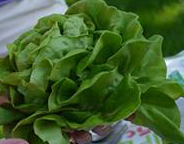
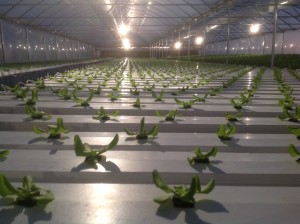
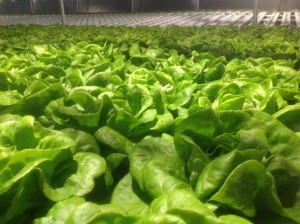
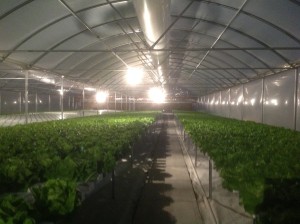

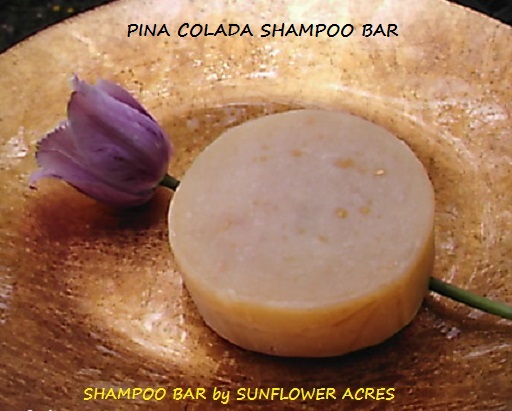

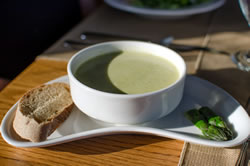 The first thing I noticed when I walked in the doors of Prairie Plate Restaurant, Waverly’s new farm-to-table restaurant, was the way the light inhabited the room, drawing you to the lake view that lay just beyond the windows.
The first thing I noticed when I walked in the doors of Prairie Plate Restaurant, Waverly’s new farm-to-table restaurant, was the way the light inhabited the room, drawing you to the lake view that lay just beyond the windows. WORKSHOP — Would you like to grow produce year round to supply not only your family but expand into new markets, like schools, restaurants, retail stores, farmers’ markets, and NFC customers?
WORKSHOP — Would you like to grow produce year round to supply not only your family but expand into new markets, like schools, restaurants, retail stores, farmers’ markets, and NFC customers?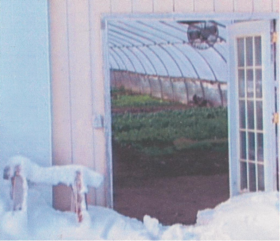
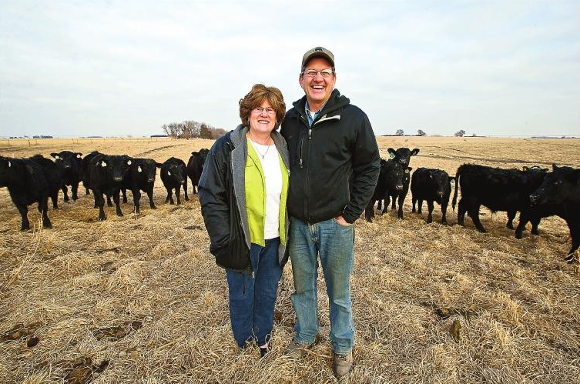
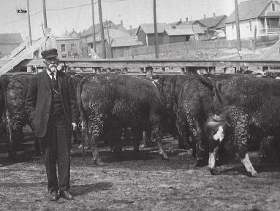
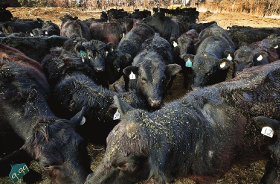
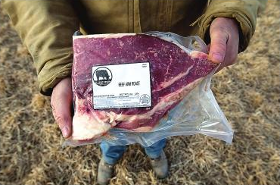
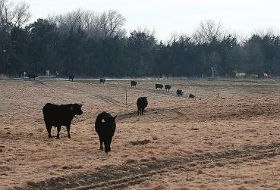
 The University of Nebraska Food Processing Center is offering a one-day seminar for all individuals interested in exploring the idea of starting a food manufacturing business. Interested individuals are encouraged to attend the “Recipe to Reality” seminar, which will be offered on May 16, 2014. Pre-registration is required and space is limited. Registration deadline is May 2, 2014. Contact Jill Gifford at 402-472-2819 or
The University of Nebraska Food Processing Center is offering a one-day seminar for all individuals interested in exploring the idea of starting a food manufacturing business. Interested individuals are encouraged to attend the “Recipe to Reality” seminar, which will be offered on May 16, 2014. Pre-registration is required and space is limited. Registration deadline is May 2, 2014. Contact Jill Gifford at 402-472-2819 or 